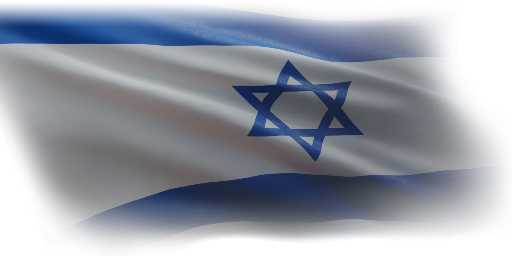
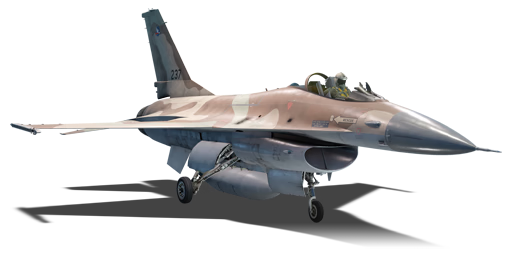


The Netz is a supersonic, 4th generation fighter aircraft, produced by General Dynamics. The F-16 was produced for the USAF as a part of the Lightweight Fighter Program, and notably the early blocks such as the Block 10 did not carry the AIM-7 Sparrow; this is carried over to the Netz in Israeli service. Israel is notably the second largest user of the F-16 after the USAF, and also achieved the first air to air kills with it.
It was introduced in Update "Apex Predators". Compared to the Block 15 and Block 20, the Netz is lighter and is able to pull an extra 1-2 Gs, making it one of the best dogfighters in the game. Compared to the Block 10 in the US tree it has a massive advantage, as it possesses the extremely potent Python 3, one of if not the most potent heat-seeking missiles in-game. In exchange it loses the GBU-8 "Hobo" for ground support. This leaves it as one of the best dogfighters in high tier battles, with reasonable multirole capability for CAS as well.
flaps
flaps
flaps
brake
| Belt | Belt filling | Armor penetration (mm) at a distance: | |||||
|---|---|---|---|---|---|---|---|
| 10 m | 100 m | 500 m | 1000 m | 1500 m | 2000 m | ||
| HEF-I/API-T/AP-I | 40 | 36 | 22 | 12 | 6 | 3 | |
| HEF-I/HEF-I/API-T/HEF-I/HEF-I/AP-I | 40 | 36 | 22 | 12 | 6 | 3 | |
| API-T/AP-I/AP-I/AP-I/HEF-I | 40 | 36 | 22 | 12 | 6 | 3 | |
| HEF-I/AP-I/AP-I | 40 | 36 | 22 | 12 | 6 | 3 | |
| Name | Weight | Slot | ||||||||
|---|---|---|---|---|---|---|---|---|---|---|
| 76.9 kg | 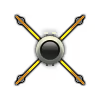 |  |  |  |  |  | ||||
| 84.5 kg |  |  |  |  |  |  | ||||
| 121 kg | 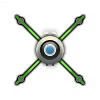 |  |  |  |  |  | ||||
| 210.5 kg | 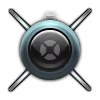 |  | ||||||||
| 3 × | 631.4 kg | 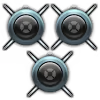 |  | |||||||
| 57 × | 688.9 kg | 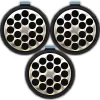 |  | |||||||
| 401.4 kg |  |  |  |  | ||||||
| 3 × | 722.7 kg | 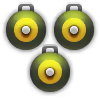 |  |  |  | |||||
| 3 × | 762 kg | 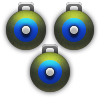 |  |  |  | |||||
| 893.6 kg | 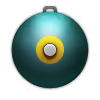 |  |  |  | ||||||
| 6 × | 1,445.4 kg |  |  | |||||||
| 6 × | 1,524 kg | 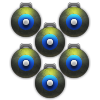 |  | |||||||
| Drop tank (370 gal.) | 100 kg |  |  | |||||||
| 240.9 kg |  | |||||||||
| 254 kg | 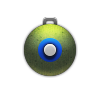 | |||||||||
| Drop tank (300 gal.) | 100 kg |  | ||||||||












Flight performance | |
|---|---|
Survivability |
|---|
Weaponry | |||
|---|---|---|---|